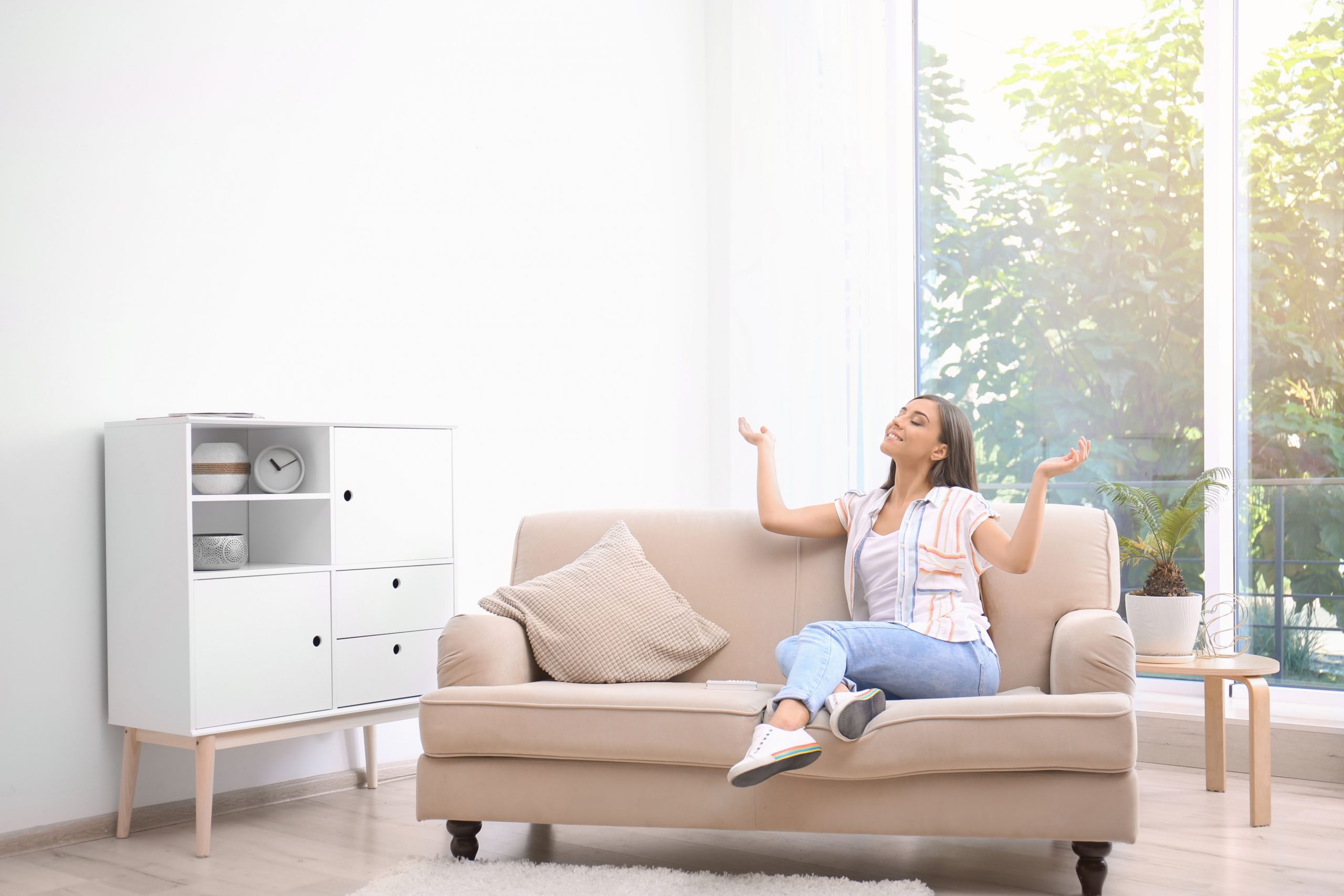Table of Contents
People spend the majority of their time indoors. You might assume air pollution is only present outside, but in reality, your home, workplace, and other facilities might be more polluted than the air outdoors.
Causes And Effects Of Indoor Air Pollution
Indoor pollution is becoming a common occurrence due to molds, fungus, microbes, bacteria, and dust mites, among others. Aside from those, paint strippers, oven cleaners, carpets, pesticides, house cleaning solutions, and home finishes all contribute to the pollution.
Children seem to breathe in and absorb more polluted air than adults. It has a more significant impact on kids since their lungs and systems are still developing. If they live in a house with poor indoor air quality, they could experience adverse reactions.
If unclean indoor air continues to reduce a person’s immunity and damage their lungs, they’ll be more prone to airborne infectious illnesses such as flu and cold. This type of pollution has the potential to harm a person’s endocrine glands, neurological system, and immune system. Making an effort to improve indoor air quality might help you avoid illnesses and breathe better during the winter months.
Ways To Have A Safe Indoor Air Quality
Whether you have an indoor air monitoring system or not, it’s still uncertain whether you’ll be able to eradicate all allergens in your house. But the good news is you can minimize the amount and exposure to them by making small changes. Here are some tips to help you maintain your indoor air quality safe:
1. Have A Clean Environment
The most suggested method is to keep your house tidy because after all, a clean home is a healthy home. Cleaning your house regularly can help reduce dirt, dander, and other indoor particulates that trigger allergies and diseases.
Here are some easy steps you may follow:
- Make use of fresh linens and bedding
- Sweep, dust, and vacuum
- Place your shoes in the designated racks
- Dispose of household food wastes
2. Keep A Good Level Of Humidity
Mold and dust mites both thrive in damp conditions. But if you keep humidity in the most suitable percentage, you can keep them and other allergens under control. During the cold months, you may try to use a dehumidifier. But during the months of summer, you may utilize air conditioning systems.
Dehumidifiers can significantly reduce moisture in your indoor air and effectively control allergens. An air conditioner, on the other hand, can lower indoor pollen count and is of great help for those with allergies.
Aside from those, here are more tips when it comes to dehumidifying indoors:
- Don’t overwater indoor plants
- Repair leaky plumbing to stop the growth of molds
- Use exhaust fans or open the windows when cooking, washing dishes, or bathing
- Exhaust the clothes dryer outside
3. Change Your Filters
Do you have a forced-air heating system at home? If yes, make sure to replace its filters regularly. With an air filter, the dust and other airborne allergens will get caught instead of being redistributed throughout your home. But if your filters get clogged, this could cause immense damage to the system.
Moreover, replacing your system’s air filter provides cleaner, fresher, and healthier air. This is highly beneficial for everyone in your household, especially those who are asthmatic. Therefore, always keep your filters checked regularly to function properly.
4. Minimize Indoor Pollutants
As mentioned above, there are plenty of indoor pollutants that affect the air quality in your home. Since you’re on a quest to reduce such dangerous particles, here’s what you can do:
- Avoid Aerosols
Aerosols are harmful to the environment. They’re usually discharged into the air when people use hairsprays, deodorant sprays, or air freshening products. As an alternative, seek non-spray solutions that don’t rely on the application of aerosols.
- Use Ventilation When Cooking
If you cook in a poorly ventilated kitchen, the air you breathe in might be unhealthy. An ideal method to ventilate your kitchen is to have a high-efficiency range hood above your stove.
- Use Carbon Dioxide Detectors
Carbon monoxide is much more than a pollutant. This odorless and colorless gas is produced when carbon fuel is burned in stoves or through residential gas connections. Carbon monoxide detectors can warn you of possible hazards such as gas leaks.
5. Develop Good Habits
It may be beneficial to establish a few good habits to attain good indoor air quality. To begin, refrain from smoking or vaping indoors, close your toilet lid when flushing, and use beeswax candles to conceal odors. Aside from that, monitor your indoor air quality to stay on top of your cleaning and treatment duties. These can help reduce your home’s indoor air pollution.
Final Thoughts
The quality of the air you breathe is of the greatest importance. However, since many factors lead to poor air quality, you must learn to maintain your place clean and safe. Therefore, apply the actions outlined above to protect yourself and your family.









